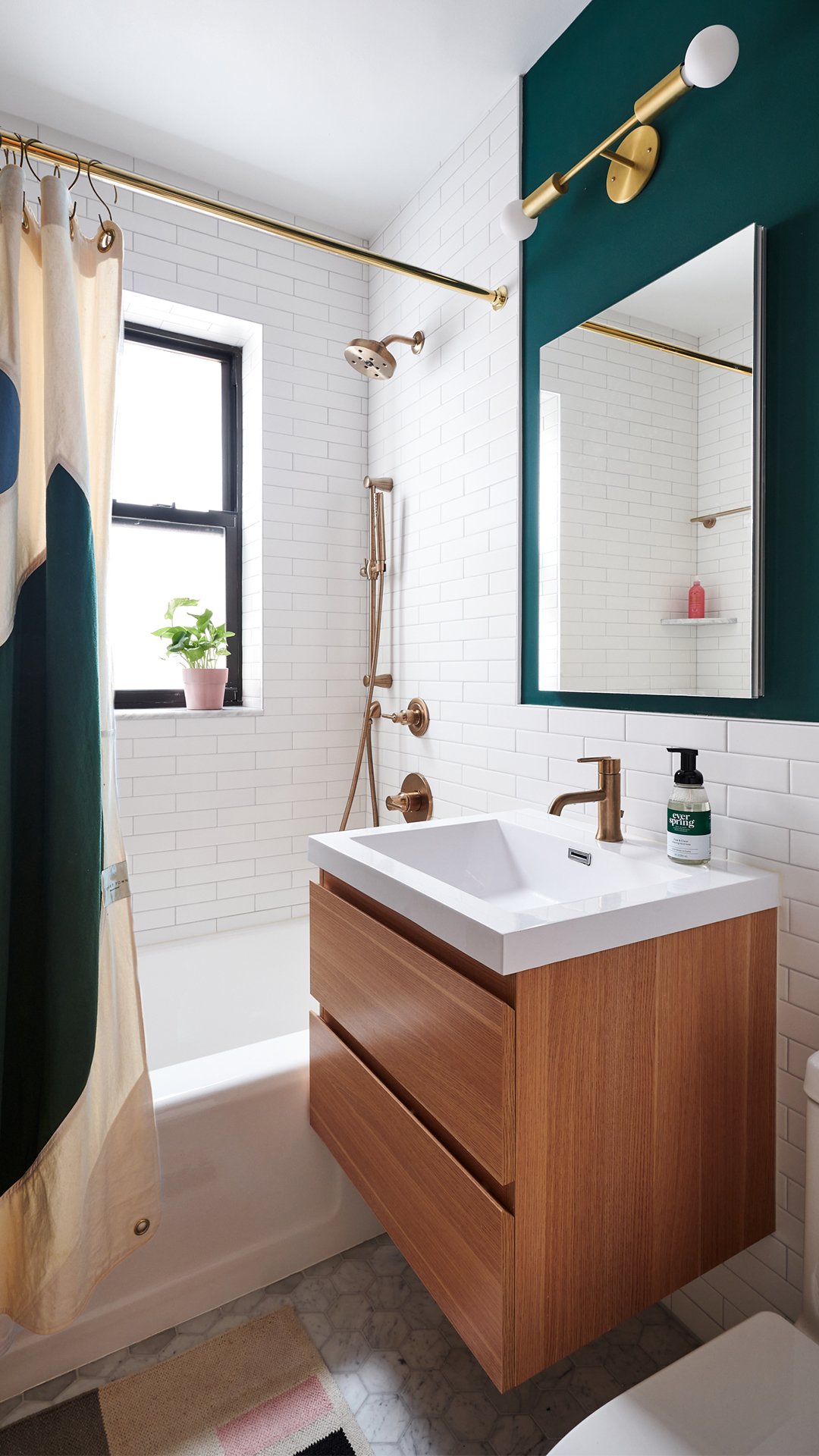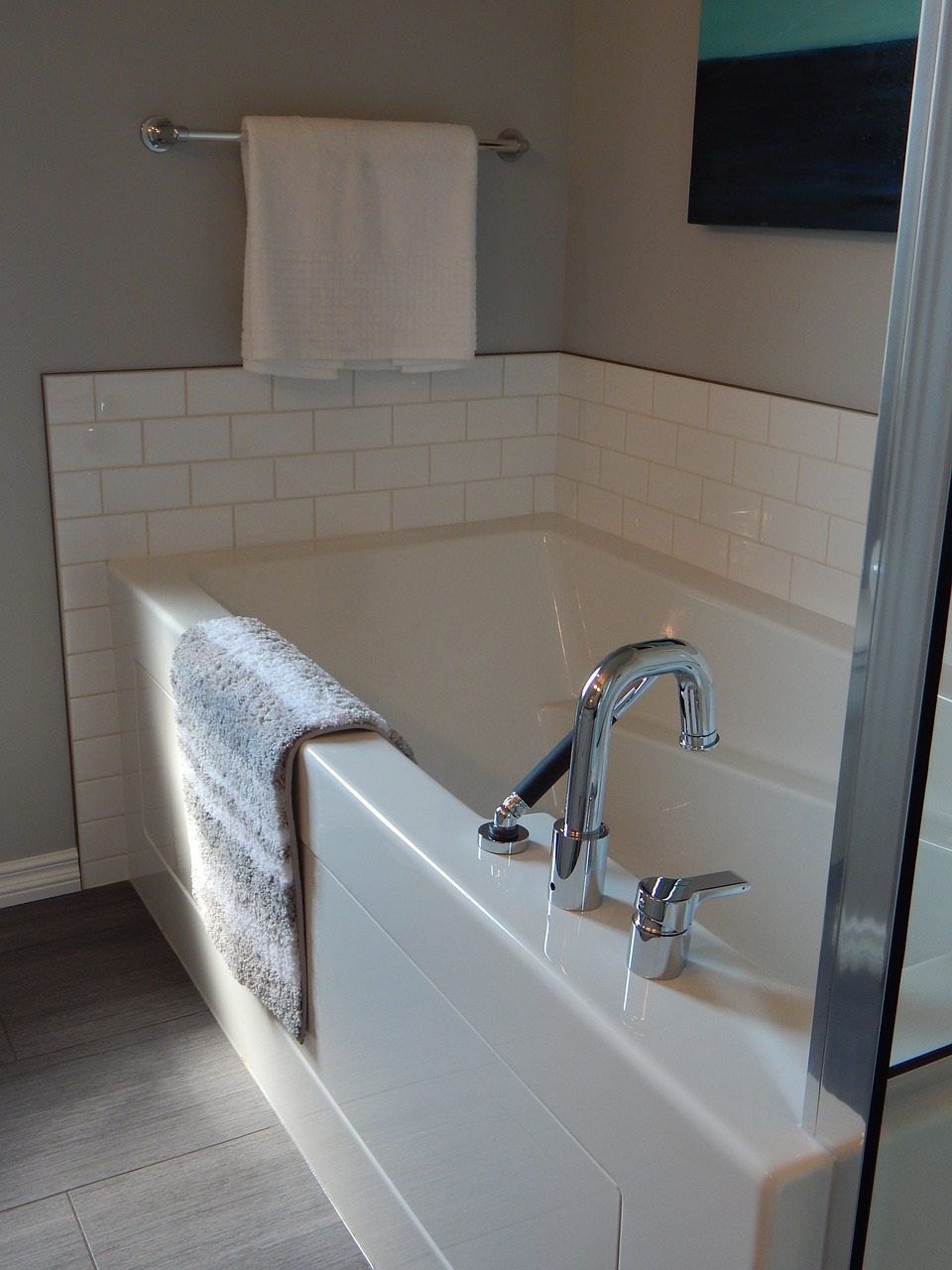First-Time Homeowners: Key Advice for Your Bathroom Plumbing
First-Time Homeowners: Key Advice for Your Bathroom Plumbing
Blog Article
Any individual will have his or her own assumption with regards to 6 Essential Plumbing Checks for New Homeowners.

For brand-new homeowners, understanding and preserving restroom pipes can conserve both time and money by preventing pricey problems down the line. Right here are some crucial bathroom pipes pointers to aid you maintain everything running smoothly.
Familiarize Yourself with the Main Shut-Off Valve
Recognizing where the main water shut-off valve is located in your house is critical. This permits you to quickly turn off the supply of water in case of significant leakages or during pipes emergencies, preventing extensive water damages.
Routinely Examine for Leakages
Little leakages can lead to large troubles. Routinely inspect under sinks, around commodes, and near plumbing fixtures for any indicators of leaks. Try to find wetness, little drips, or rust. Capturing and fixing leaks early can stop extra serious damages and save water.
Do Not Overlook Slow Drains Pipes
If your sink or bath tub is draining gradually, it's commonly an indicator of a blockage developing. Addressing this early can prevent a total clog. Use a bettor or a plumbing professional's snake to remove particles. Stay clear of utilizing chemical drainpipe cleaners as they can damage your pipelines over time.
Know What Not to Flush
Bathrooms are not waste disposal unit. Stay clear of purging anything apart from bathroom tissue and human waste. Things like wipes, womanly health items, and cotton bud ought to be disposed of in the garbage to prevent blockages and drain back-ups.
Mount Strainers in Drains
Location strainers in your sink and tub drains pipes to capture hair and various other particles prior to they enter your plumbing system. Cleaning the filters frequently will assist stop build-up and keep water streaming openly.
Maintain Your Water Heater
Guarantee your hot water heater is set to a suitable temperature (typically around 120 degrees Fahrenheit) to avoid scalding and decrease power usage. Flush the container annually to remove sediment buildup, which can lower the effectiveness and life expectancy of your heating unit.
Update Your Components
If your home has older fixtures, take into consideration upgrading to a lot more reliable versions. Modern bathrooms, showerheads, and faucets are designed to make use of much less water while providing great stress, which can substantially minimize your water expense and ecological impact.
Be Cautious with Do It Yourself Plumbing Repair Works
While it's tempting to deal with all home repair work by yourself, beware with plumbing. Some concerns might need expert knowledge, especially if they include main water lines or sewer repair work. Working with a professional can in some cases be much more affordable than do it yourself, specifically if it prevents additional damage.
Plan For Winter
Secure your pipes from freezing during winter by protecting pipelines in unheated locations like basements, attics, and garages. During extreme cool, allow cold water drip from faucets offered by revealed pipes to help prevent freezing.
Set Up Normal Upkeep
Consider organizing annual inspections with a licensed plumbing technician. They can identify issues that you could miss out on, such as surprise leakages or deterioration on pipes and components. Routine maintenance aids expand the life of your plumbing system and can prevent emergencies.
Conclusion
Recognizing and preserving your home's restroom pipes can protect against lots of common concerns. By complying with these vital tips, you can ensure your shower room remains practical and efficient, saving you time and money over time.
Things to consider while plumbing your new bathroom
Underground pipes and stormwater drains
Once these have been successfully laid, your plumber will need to test the system to check for water tightness. After this, the area will be filled back with the excavated earth. Backfilling of plumbing works must be done with extreme care because debris or rocks that are backfilled into trenches must not cause any damage to the buried piping. A mixture of backfill needs to be used. For example, if lumpy clay is excavated, then the first 300-500 mm (millimetres) of backfill must consist of sandy, loose earth. On the contrary, if concrete needs to be paved at the top, then crushed and compacted earth should be used, especially when it comes to a deep excavation.
Pipes
Clean water enters the plumbing pipe from the primary water supply line. Unclean water is successfully pulled down by gravity to exit the system of pipes. Air blowing through all the vents ensures that the pipes stay clean and clear. This is a simple and self-sustaining setup that should survive the test of time, when done correctly.
Plumbing items and fixtures
If you are carrying out plumbing in a new house, you need to install plumbing items and fixtures before the completion of the house’s interiors. Showers, sinks, and tubs are easier to install when the doorways and walls have not yet been installed.
Sewer lines and septic tanks
Installing sewer lines and septic tanks is extremely challenging when it comes to a home’s plumbing system. Firstly, you need to know the septic tank’s size. This can be calculated by the total number of bedrooms in your house. The venting system of your septic tank must be flawless.
Placement and positioning of the main stack
The main stack is basically a pipe with a diameter of approximately 3-4 inches. It typically runs from your home’s basement to the terrace or roof. The lower section of the main stack is responsible for collecting wastewater from several other plumbing fixtures. The upper section is used for venting. While you are installing plumbing in your new house, you will need to find a spot where the main stack runs without interruptions.
Installing drains and vents
Drain and vent pipes are generally 1-1.5 inches in diameter. Pipes must slant at a quarter of an inch per foot to drain efficiently. Bends, where the pipes eventually join the main stack, must be smooth and not be angled sharply. Every plumbing fixture must have a trap beneath it, which will catch water and prevent obnoxious gases from gaining entry into your living quarters. Moreover, every fixture needs to be vented.
Waterproofing and final testing
Your plumber will most likely carry out waterproofing of retaining walls, lower rooms, and basements, where an underground sump is generally constructed to store water. Roofs, too, need specialised treatment, and plumbers need to take into account gutter overflows in regions that receive heavy rainfall.
After the complete plumbing has been installed in your new home, every single thing should be tested to ensure adequate functionality and immaculate efficiency. This includes all water supply sources, bathroom fixtures, and sewerage.
https://www.jswonehomes.com/blogs/Construction/things-to-consider-when-plumbing-your-new-bathroom

Go Company Report this page